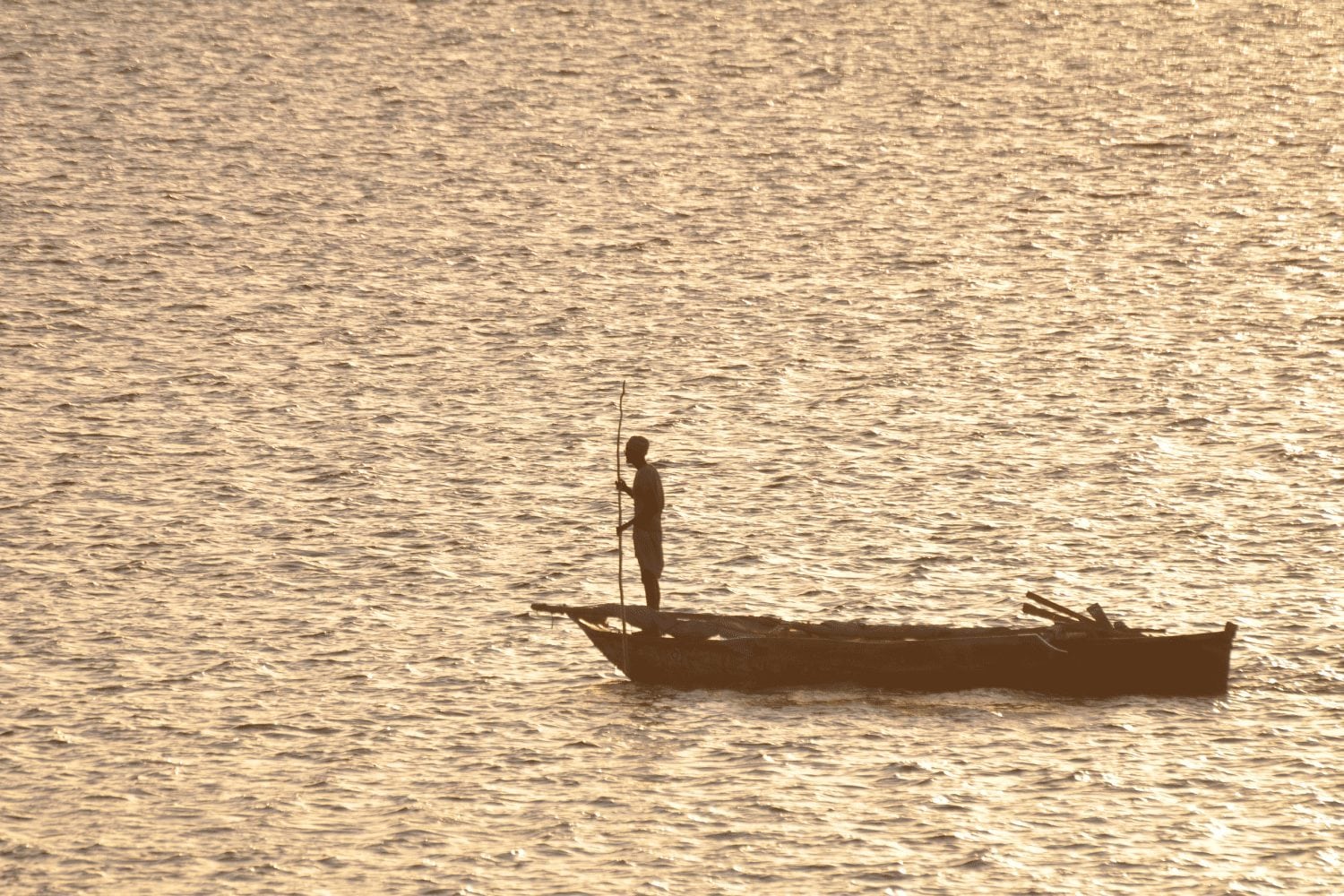Lamu is a historical Swahili town located on the East African Coast. It was declared a World Heritage Site by UNESCO in 2001 with its origin dating back to the 18 century.
It is an archipelago of Islands on the Kenyan Northern Coast. It consists of the three islands of Lamu, Manda, and Pate, together with some smaller islands such as Ndau and Kiwayuu. This Archipelago’s history bears the influence of age-old cultures carried by the Indian Ocean trade winds to the east African coast for centuries. Nowadays tourist likes to come to Lamu for some relaxation after their Safari.
Old Town Lamu is made up of a labyrinth of narrow little alleys that are said to resemble old Delhi or Marrakech Souks. There are very few cars in here, and everyone else gets around on donkeys. Although there are a number of fiberglass boats, Dhows are an integral part of life and are still being used to carry passages and cargo to and from the mainland.
On the Island, the most important settlements to see are the town of Lamu and the village of Shella. On Pate Island, the largest settlements are Pate, Siyu, and Faza. As for Manda Island, at the beginning of the 19th century, it was uninhabited. Growth in tourism has now seen several deluxe resorts come up on the island giving a livelihood to the small population on the island.
Lamu is the most important islands in the archipelago. It has an excellent natural harbor and mangrove forests flank its west, north and north-east sides. On the south of the island, there is a sandy beach that rises to a height of about twenty meters at the estuary of Lamu Bay. The village of Shela is located here. The village site is probably over five hundred years old and reached its zenith in the middle of the last century. The village is a maze of winding, sandy lanes, traditional Swahili houses, mosques and a couple of hotels. On the other side of the Island is Lamu Sea Front and the small village of Kipungani from which a navigable channel runs parallel to the shore up to the fishing village of Matondoni and continues in a southerly direction towards Lamu town about two miles north of the open sea.




